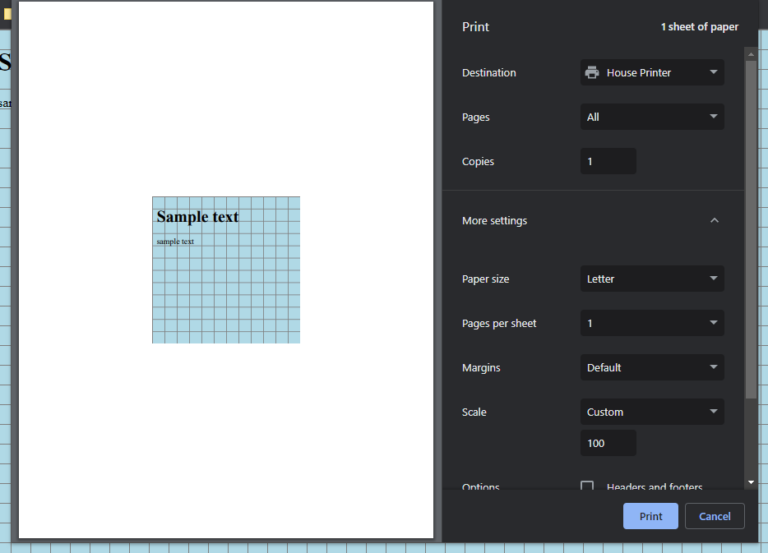Anomalous perihelion displacement without tensors

They usually say that this is impossible. But I always believed that simple problems should be solved by simple mathematics.
Therefore, I derived formulas for the numerical calculation of the anomalous displacement of perihelia without the use of tensors.
a is the semimajor axis of the orbit in meters
r_0 is the gravitational radius of the Sun in meters (2953.25).
ε – orbital eccentricity (Mercury 0.20563593, Earth 0.01671123).
Integrals cannot be taken.
The calculation is done in a spreadsheet in 500 steps through delta = 0.0125663706143592 radians.
Integration over a full turn.

L1=\int_{0}^{1} a * \left (1- \frac{r_0}{a}\frac{(1- \varepsilon \cos (\varphi))}{(1-\varepsilon^2 )}\right)^{-3/2} }*\sqrt{1-\varepsilon^2 \cos^2 ( \varphi)} ~d ( \varphi)
Perihelion displacement per hundred years in arcseconds:
N is the number of revolutions of the planet in one hundred years.
Tested for Mercury (42.9) and Earth (3.8).
The test was also carried out for other planets and for double quasars.
By substituting the parameters of the star and the orbits of the planets, it is not difficult to obtain the angular velocity of their rotation.
The formula was obtained based on a hypothesis published on page.
The hypothesis is seditious in our time. But based on it, a working formula was obtained.





